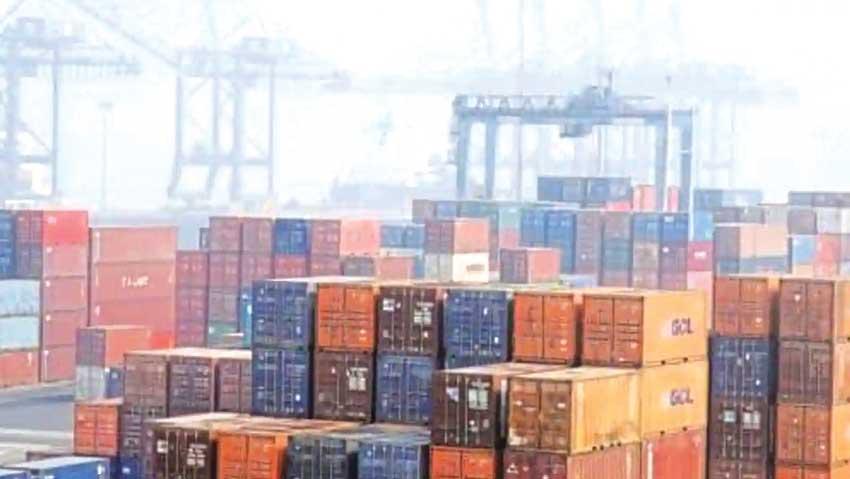Reply To:
Name - Reply Comment

The decline seen in the prices of key export commodities and the increase in the prices of imported industrial inputs could add significant pressure on Sri Lanka’s merchandise trade deficit and thereby the overall external sector, which is already under stress from the rising oil prices, according to ICRA Lanka.
The deficit in the merchandise trade account widened in May for the third month in a row, as the rise in exports lagged the rise in imports, the external trade data released last week showed.
ICRA Lanka in June cautioned of stiff external sector woes from high oil and base metal prices, which could be exacerbated by the falling tea prices at the auctions.
The rating agency last week doubled down on this assertion by forecasting continuous downward pressure on tea prices, due to supplies returning to normalcy from elsewhere after the
pandemic-induced troubles.
“Tea prices continued to fall in June. Market sources informed ICRA Lanka that the buyers are in a strong footing to negotiate the prices down as the global supply soars with the recovery in production activities in key source markets,” the rating agency said.
According to the Central Bank data, the average price of tea in the Colombo auctions slipped to US $ 3.06 per kilogramme in May 2021, from US $ 3.75 a year ago. The earnings from tea, Sri Lanka’s largest agricultural export commodity, was little changed in May 2021, at US $ 109.2 million, while the first five months’ earnings were up 15.3 percent to US $ 526.6 million from the same period in 2020.
After rising continuously during last few weeks, the global oil prices settled around US $ 73 a barrel at the Brent futures exchange, while the global metal prices continued their climb through June, fuelled by the post-pandemic recovery.
“Falling prices of Sri Lanka’s key export commodities and increasing industrial input prices will continue to pose a significant challenge to the external sector,” ICRA Lanka opined.
In fact, in May 2021, this phenomenon was much in play as the country’s terms of trade deteriorated by 11.5 percent from the same month in 2020, due to the rising import prices and falling export prices.
This also became a source of higher producer prices, resulting in consumer prices as seen from the recent behaviour in the price indices, which clearly pointed to a continued ascent. The spurt in demand from all over the world for key commodities, with the easing of virus-related restrictions, is adding a strain on supply chains and producers’ capacity, causing these temporary price pressures.
However, another section says the massive amounts of liquidity injected by central banks, led by the United States’ Federal Reserve, have caused the commodities prices to rise globally.